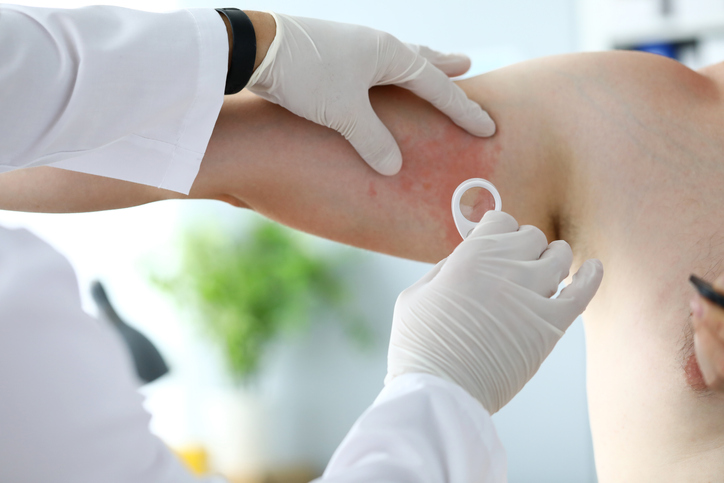Pain
Diagnosing Shingles

What is shingles?
Shingles is a viral infection that presents as a blister-filled rash typically appearing on one side of the body (although it may “wrap” around the torso). The rash associated with shingles is usually extremely painful. Shingles is caused by the varicella-zoster virus which is also responsible for chickenpox. After an individual has chickenpox, the varicella-zoster virus lies dormant in nerve tissue near the spinal cord and brain. The virus can reactivate at any time, even decades later. If it reactivates, it travels along nerve fibers to the skin. This reactivation of the varicella-zoster virus is referred to as shingles. In the U.S., approximately 1 in 3 people will develop shingles at some point during their life.
How is shingles diagnosed?
A health care professional should be consulted if shingles is suspected. Early diagnosis and treatment can limit the length and severity of shingles. For a proper diagnosis, a health care provider will need to know if the individual had chickenpox in the past and any current symptoms. Any rashes or blisters will be examined to determine if a diagnosis of shingles can be made by observation alone. A health care provider will also rule out other conditions that may mimic shingles, such as contact dermatitis, candida infection, dermatitis herpetiformis, impetigo, insect bites, folliculitis or scabies.
Are there any tests for shingles?
Although tests are not usually needed to diagnose shingles, two types of tests are available: a blood test and a tissue scraping.
- A blood test can be performed to determine if certain proteins, called antibodies, are present in the blood. These proteins are produced when the immune system fights shingles. Blood is drawn from a vein in the arm and sent to a laboratory for testing.
- A tissue scraping or culture from blisters or scabs can be collected to determine if the varicella zoster virus is present. A tissue sample is also sent to a laboratory for testing.
These tests should be completed for individuals who have weakened immune systems, are in the process of obtaining an organ transplant or are beginning a medication that lowers immunity. Test results are usually available in one to three days. A second test may be needed if results are unclear.










